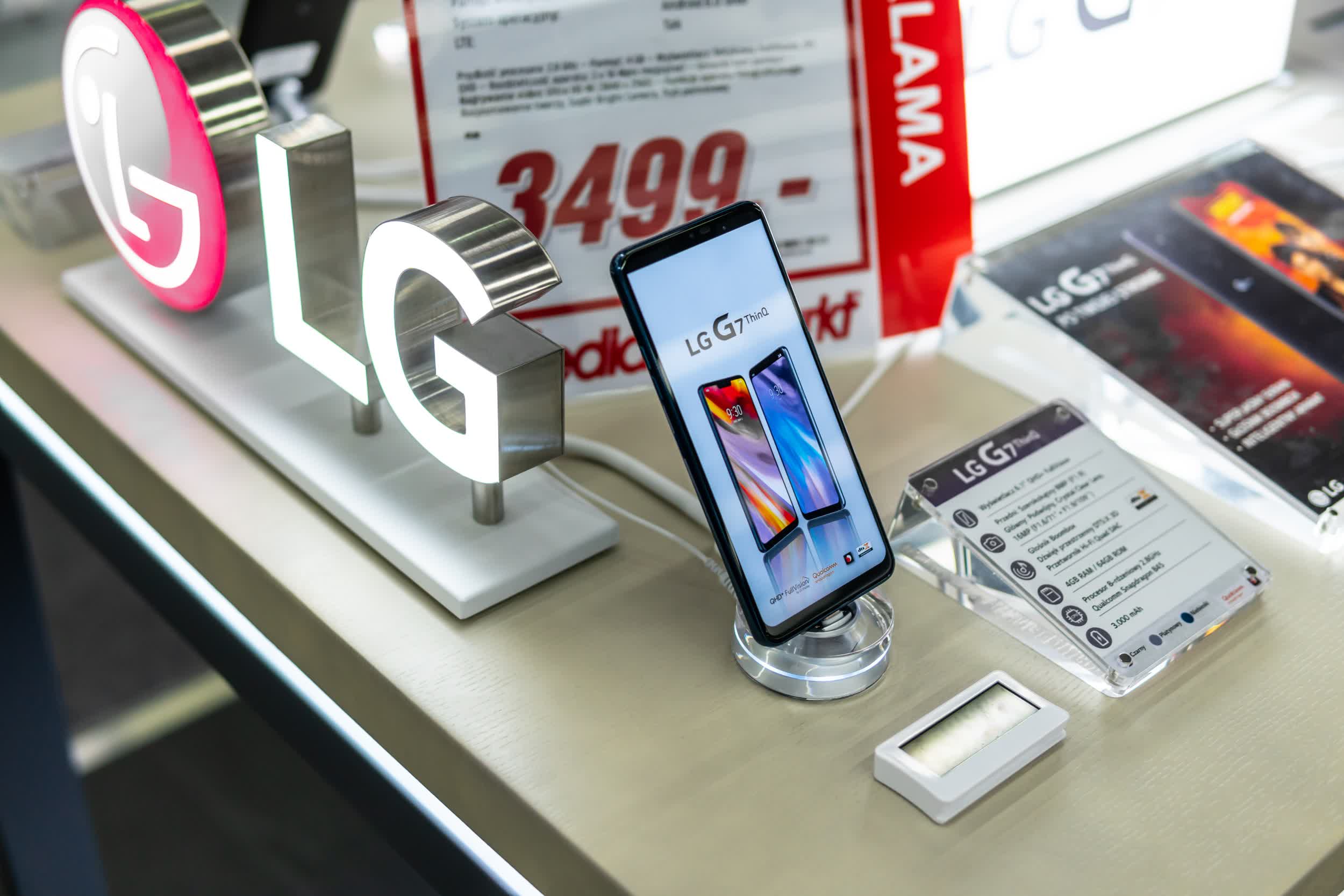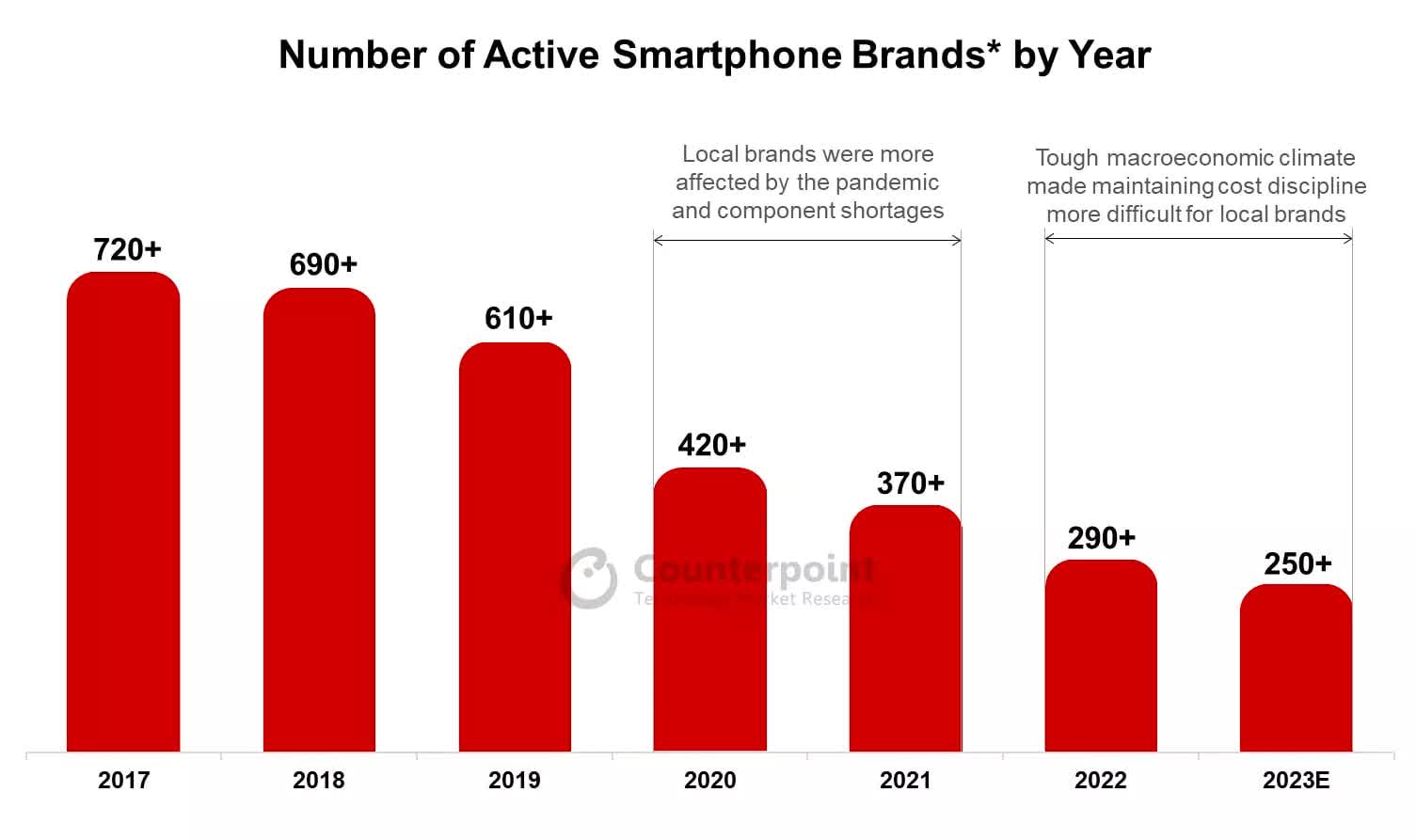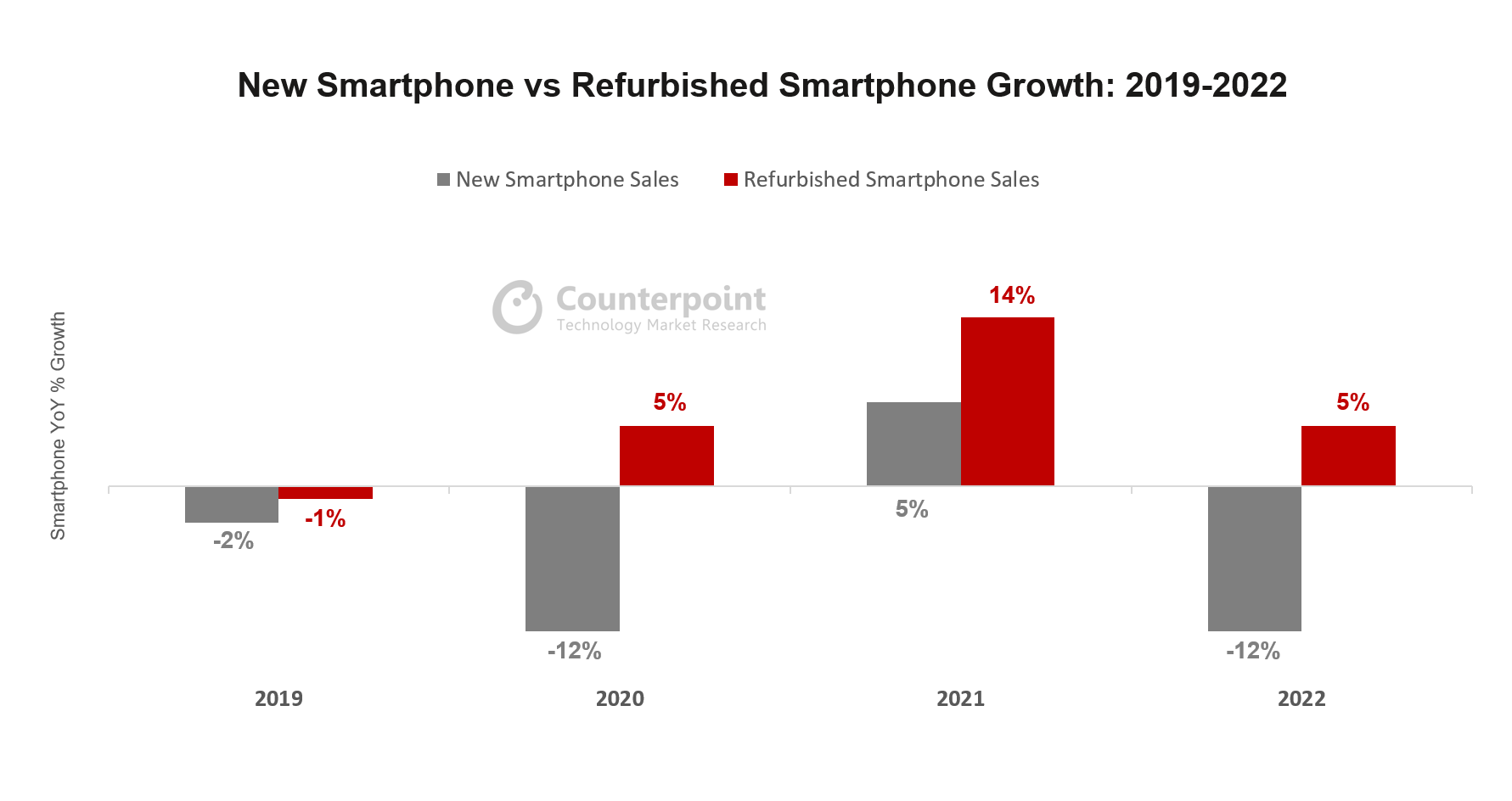In brief: How many smartphone brands do you think have left the market since 2017? The likes of LG probably come to mind, then there are the many local, lesser-known brands. Maybe fifty, or one hundred? The actual figure is, astoundingly, nearly 500.
Counterpoint Research's analysis shows that at its peak in 2017, there were more than 700 smartphone brands contributing to the 1.5 billion units sold annually. In 2023, that number is down by a third to almost 250.
Nearly all of those brands that have shuttered over the last five years were local ones found in locations such as India, the Middle East, Africa, China, Japan, and South Korea. The number of global brands such as Samsung has remained consistent at over 30.
Counterpoint Research highlights several reasons behind the shrinking number of brands over the last seven years. The pandemic and component shortages that began in 2020 had a massive impact, while the global economic slowdown following Russia's invasion of Ukraine in 2022 has caused many smaller smartphone companies to shutter.
The local brands have also been dealing with other factors killing off their businesses. More people are holding onto their devices for longer before upgrading, cheaper phones are improving in quality all the time, there's a maturing user base, we've seen technology transitions such as that from 4G to 5G, and a handful of big brands are holding on to more of the market.
Another area having an impact is refurbished phones. Refurbed smartphone sales grew 14% in 2021 compared to 5% for new phone sales. The difference was even more pronounced in 2022: 5% growth for refurbs and -12% negative growth for new handsets.
One of the biggest casualties in the smartphone market in recent times has been LG. After six years of losing money, totaling almost $4.5 billion, the writing was on the wall for the company's smartphone division in 2021. It quit the industry two years ago, taking with it some of the most innovative, if not always successful, handsets of recent times.
Counterpoint expects more smartphone brands to dissolve as time goes on, putting extra power into the hands of the tech giants. However, smaller brands may be able to survive by offering something unique, such as Doro, which targets older users, and Fairphone, which focuses on ethical sourcing and easy repairs.


